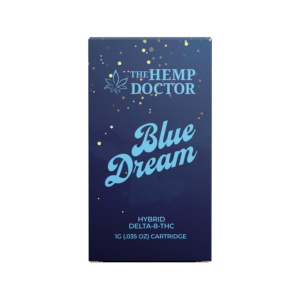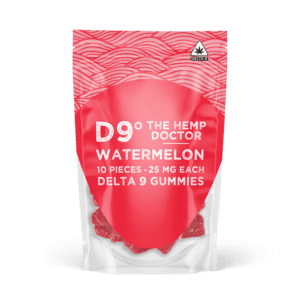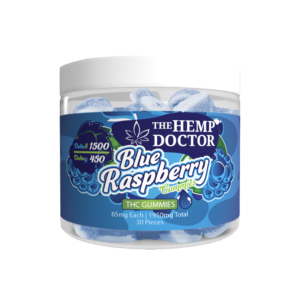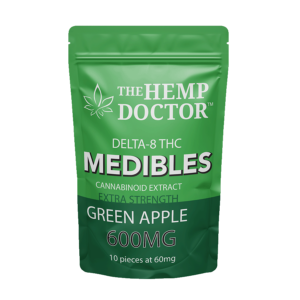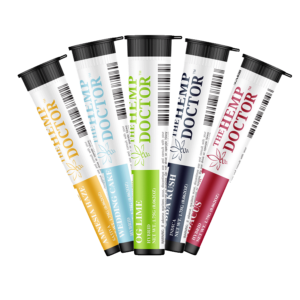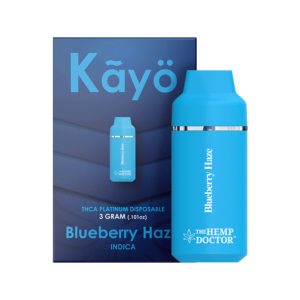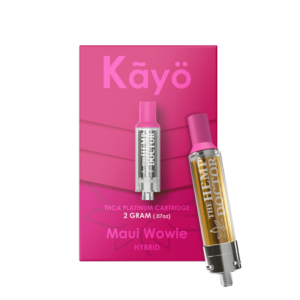If you’ve ever wondered how cannabis transitions from its natural state to the convenient form of liquid in a vape cartridge, you’re not alone. This blog will delve into the fascinating process that transforms solid buds into liquid gold, exploring the steps involved in the extraction process and how it all comes together in the final product.
The Extraction Process
The first step in turning cannabis into a liquid is the extraction process. This involves separating the desired compounds, like cannabinoids and terpenes, from the plant material. Various methods can be used for extraction, including solvent-based processes like CO2 or ethanol extraction, which are popular for their efficiency and safety. CO2 extraction, for example, is known for producing a clean, potent product, since it uses carbon dioxide under pressure and high or low temperatures to pull out the essential oils. This method ensures that the cannabinoids and terpenes are preserved, resulting in high-quality extracts that are well-suited for vaping. Ethanol extraction, on the other hand, involves soaking the plant material in ethanol to strip the active ingredients. While this process can extract a wide range of cannabinoids and terpenes, it may also introduce unwanted compounds, necessitating further purification.
Solventless techniques, such as ice water extraction or pressurized heat, offer alternatives to chemical solvents. These methods focus on mechanical separation and are favored for their natural appeal, although they may be less efficient. In the realm of cannabis concentrates, liquid THC and other cannabis liquids take center stage due to their potency and versatility. The aim of any extraction process is to produce cannabinoids in their active form, ready to be tailored to consumer preferences. Thus, the choice of method can greatly impact the final product’s taste, potency, and overall user experience.
Decarboxylation: Activating the Compounds
Before the extracted oil can be used in cartridges, it must undergo decarboxylation. This step involves heating the cannabis extract to activate the cannabinoids, which allows them to interact effectively with the body’s endocannabinoid system during use. Decarboxylation is a crucial step because raw cannabis contains cannabinoids in their acidic forms, such as THCA or CBDA, which lack the psychoactive effects associated with Delta 9 THC and CBD. Heat transforms these acidic compounds into their active forms by removing a carboxyl group, thereby converting THCA to THC and CBDA to CBD. This process not only enhances the psychoactive effects but also unlocks the potential therapeutic benefits of cannabis.
Different methods can be employed to decarboxylate cannabis, each with its particular advantages. Oven baking is a common at-home technique where cannabis is heated at a low temperature over a period of time. However, the precise control needed to preserve cannabinoids and terpenes may be challenging to achieve. In professional settings, more advanced technologies are often used, such as vacuum ovens or specialized decarboxylation equipment that can provide a controlled environment to optimize the conversion process. Understanding and correctly implementing decarboxylation is essential for creating an effective and high-quality extract, laying a foundation for the subsequent stages of purification and formulation into vape products like THCA vapes.
Purification and Distillation
After decarboxylation, the oil needs to be purified and distilled to remove any impurities or unwanted compounds. Distillation enhances the purity and potency of the oil, creating a clean and potent product suitable for vaping. This process separates the cannabinoids from other compounds based on their boiling points. One popular technique, short path distillation, allows for this fine separation by heating the oil under reduced pressure. As the cannabinoids tend to have higher boiling points than impurities, they can be isolated and collected separately, resulting in a distillate that can reach purity levels as high as 99%.
Purification is not only about eliminating impurities but also about tailoring the product for its end use. In some cases, terpenes may be added back into the purified oil to enhance its flavor and aroma, creating a richer experience for the user. Furthermore, certain formulations might call for additional cannabinoids to be reintroduced to achieve a full-spectrum profile that closely resembles the natural plant. The precise science behind purification and distillation ensures that the resulting product is not only potent but also safe and pleasant for consumption, allowing manufacturers to offer a diverse range of THC, CBD, and more novel cannabinoid products such as liquid THC concentrates ready for vaping.
Formulating the Perfect Blend
The final step in transforming weed into vape liquid is formulating the oil. This involves combining the extracted cannabinoids with terpenes and other natural or artificial flavors to create a desirable product. This blend ensures the vape liquid’s taste, potency, and effects align with consumer preferences. Formulating a pleasant and consistent product goes beyond simple mixing; it requires careful consideration of ratios and quality of additives used. Terpenes play a fundamental role here not only for their flavors and aromas but also for their synergistic effects that may modulate the overall experience—a phenomenon known as the entourage effect.
For many consumers, the appeal of vaping lies in its customizable nature, which is driven by a market offering a plethora of flavors and potency levels. Understanding consumer demands allows manufacturers to create innovative combinations that cater to both recreational and medicinal use. For instance, some prefer blends that enhance the psychoactive experience, while others look for subtle, flavored variants with calming effects. The meticulous process of formulation encapsulates the essence of choice and connoisseurship in the booming world of cannabis vaping, making products like weed carts and cannabis concentrates increasingly popular and appealing.
Understanding the Transformation
The journey from cannabis plant to liquid in a cartridge is a complex yet intriguing process that combines science, technology, and innovation. By understanding these steps, consumers can better appreciate the meticulous work behind their vape pens and make informed choices about the products they choose.
